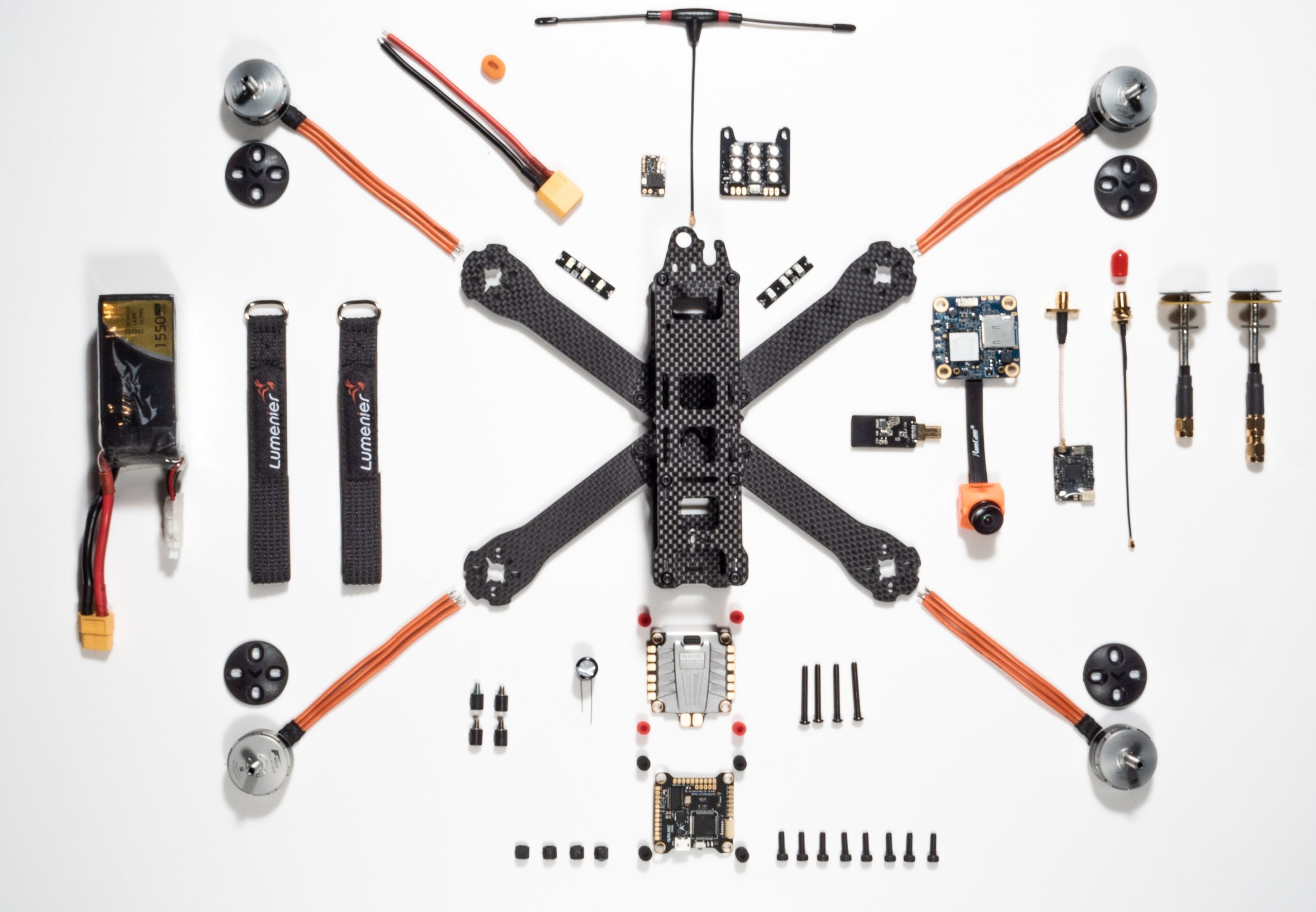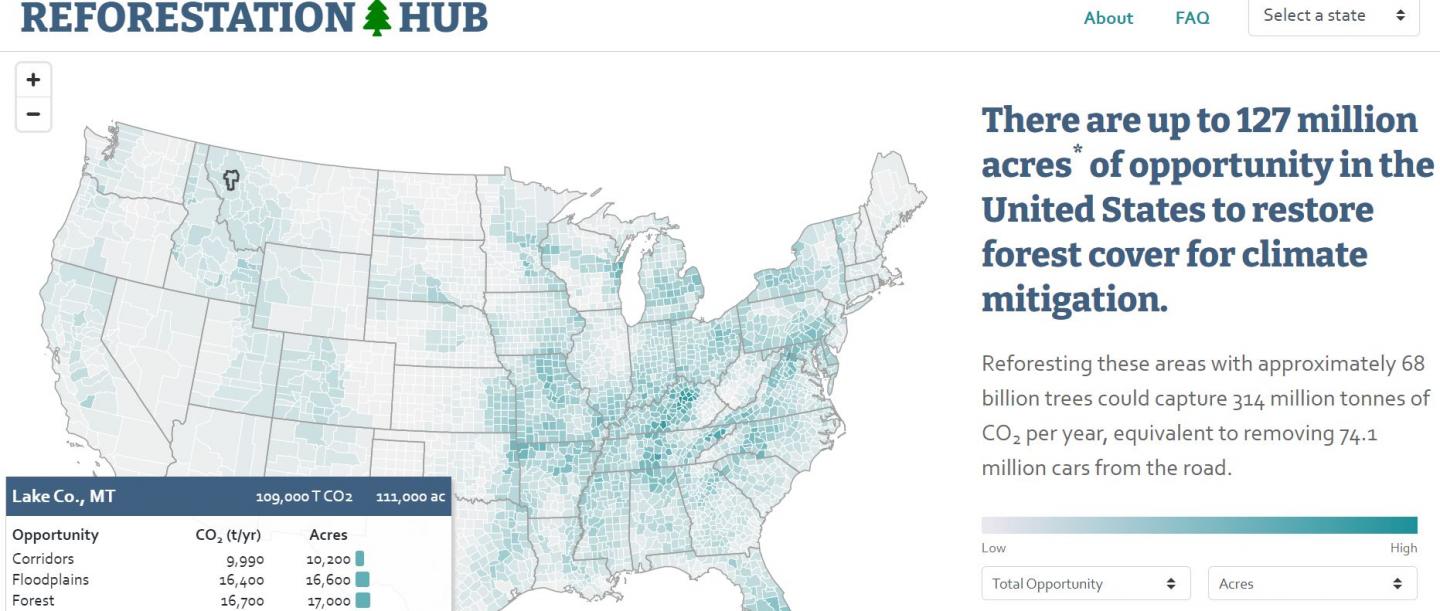
Thinking of importing or manufacturing drones in India? Read this first

On March 12, 2021, India’s Ministry of Civil Aviation released a new set of comprehensive drone laws and regulations that apply to all Unmanned Aircraft System (UAS) registered in India, as well as to any person owning or possessing or engaged in exporting, importing, manufacturing, trading, leasing, operating, transferring or maintaining a drone(s) in India. Here, we present a breakdown of the 2021 India drone rules from the perspective of manufacturers and importers.
As per the new rules, all importers, manufacturers, traders, owners, and operators of an unmanned aircraft system will require formal ‘authorization’ certificates from the Directorate General of Civil Aviation (DGCA). Manufacturers and importers can obtain this certificate by paying a fee of INR 10,000.
Must read: India’s 2021 drone rules could be a deathblow to an already struggling industry
Prerequisites for Setting Up a Drone Business in India
- The company must be registered and have its principal place of business within India
- The Chairman and at least two-thirds of its directors must be citizens of India
As such, foreign drone companies or their majority/wholly-owned Indian subsidiaries
do not qualify to apply for ‘authorization’ and cannot own/operate drones in India legally.
Classification of Unmanned Aircraft System
The Indian Government classifies drones according to their maximum weight (including payload). There are five different categories in which UAS have been divided:
- Nano unmanned aircraft: Less than or equal to 250 grams (with its maximum speed not exceeding 15 mt/s);
- Micro unmanned aircraft: Greater than 250 grams and less than or equal to 2 kilograms;
- Small unmanned aircraft: Greater than 2 kilograms and less than or equal to 25 kilograms;
- Medium unmanned aircraft: Greater than 25 kilograms and less than or equal to 150 kilograms; and
- Large unmanned aircraft: Greater than 150 kilograms
Irrespective of the category, no drone shall be allowed to operate in India without a valid certificate of manufacture and airworthiness issued by the DGCA.
Mandatory Parts and Components for Drone Flying in India
To obtain a certificate of manufacture and airworthiness from the DGCA, every drone must be equipped with the following 16 components and features:
- Global Navigation Satellite System (GNSS) receiver(s) for horizontal and vertical position fixing;
- Autonomous Flight Termination System or Return To Home (RTH) option;
- Geo-fencing capability;
- Flashing anti-collision strobe lights;
- Flight controller;
- Flight data logging capability;
- No Permission – No Takeoff (NPNT) compliant (with tamper-proof NPNT hardware and firmware);
- Secondary Surveillance Radar (SSR) transponder or ADS-B OUT equipment (if intended to operate beyond 400 feet/120 m AGL);
- Reliable Command and Control Link;
- Real-time tracking system;
- Barometric equipment with capability for remote sub-scale setting;
- Detect and Avoid (if intended to operate beyond 400 feet/120 m AGL);
- Manufacturer Serial Number;
- Fire-resistant identification plate for engraving the UIN;
- Two-way communication system (if intended to operate beyond 400 feet/120 m AGL); and
- 360-degree collision avoidance system
Note that the Nano and Micro categories enjoy several exemptions from the above list, whereas the Small, Medium and Large unmanned aircraft further need to be equipped with an emergency recovery system to ensure protection from damage and public injury in case of any airborne failure.
Also note that it would be illegal to use a drone prototype developed for research and development purposes for any commercial applications.
Importing Drone Prototype or Drone Parts to India
No readymade drone prototype or drone parts can be imported to India without the prior permission of the DGCA. Any import of a drone prototype or drone parts will need to comply with the import regulations notified by the Directorate General of Foreign Trade. On receiving import clearance, the authorized importer will need to obtain a unique prototype unmanned aircraft system identification number and certificate of manufacture and airworthiness for the prototype UAS.
Also see: Drone flying in India: What 2021 drone rules say for pilots
How to Get Your Drone Prototype Approved
The prototype unmanned aircraft system along with its design documents will need to be tested by a government-authorized laboratory. There will be a fee applicable for this procedure. The test flights will be carried out only under the direct supervision of an appropriately-licensed remote pilot, and restricted up to a height of 15 meters in uncontrolled airspace and at least 50 meters away from uninvolved personnel.
If the test report is satisfactory, the DGCA may issue a certificate of manufacture and airworthiness for the specific type and class of drone for manufacture or import, as the case may be, to the authorized applicant.
Each compliant unmanned aircraft will be assigned a Unique Identification Number (UIN) and given a Unique Identification Certificate by the DGCA. In addition to the UIN, this certificate will spell out the category, class, model number, manufacturer’s name with a serial number, year of manufacture, and date of registration of the drone. All unmanned aircraft, except the Nano category, need to be equipped with an electronic identification based on their UIN.
Buying or selling or leasing or possessing an unregistered drone shall be illegal in India.
Drone Maintenance in India
Providing a detailed maintenance manual that specifies all the requirements and procedures for the healthy functioning of a drone is necessary. The onus to train the personnel authorized to undertake such maintenance also falls on the drone manufacturer or importer.
The drone manufacturer/importer will also need to establish authorized maintenance centers in the country and provide the details of the same to the DGCA for safety oversight.
Drone owners and operators must ensure that no drone is operated without a ‘certificate of maintenance’ issued after each maintenance, repair, or modification. Also, no drone should be operated after it has completed its life span as specified by the manufacturer.
Penalties for Unauthorized Manufacture or Import of Drones or Drone Parts
Unauthorized import of an unmanned aircraft system or part or component to India would attract a fine of INR 25,000.
A penalty of INR 50,000 would be imposed for unauthorized manufacturing of a drone or a drone component in India.
The fine for unauthorized buying or selling or leasing of a drone or drone part has been set at INR 25,000.
If you fraudulently lend out your license, certificate, authorization, permit, or approval or allow it to be used by any other person, be prepared to pay a fine of INR 50,000.
Compounding offenses for Nano, Micro, Small, Medium, and Large categories will be levied at the rate of 100, 200, 300, 400, and 500 percent, respectively.
For the complete list of 2021 drone rules and laws in India, click here.






